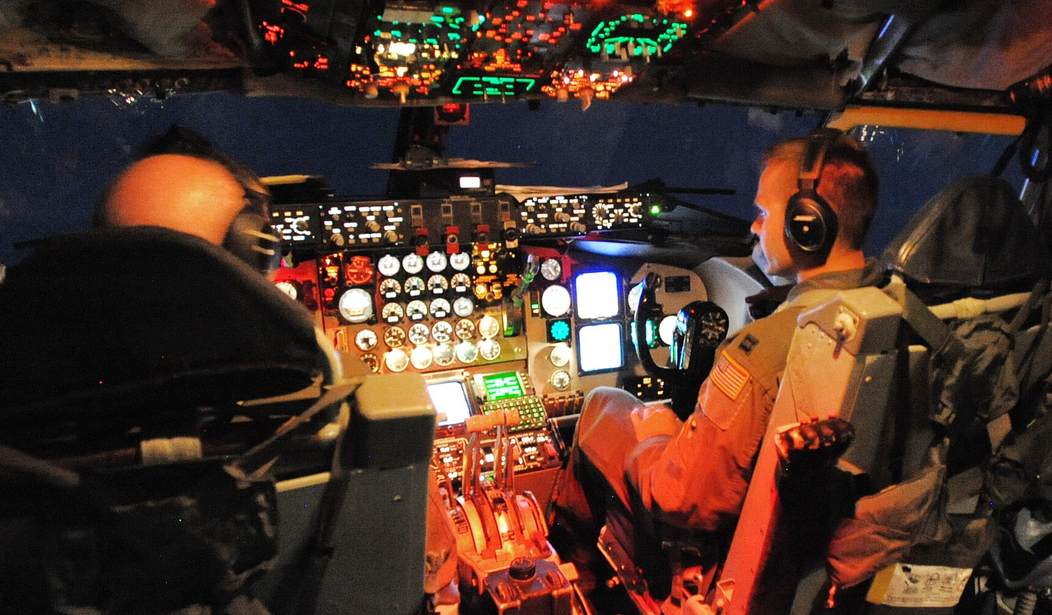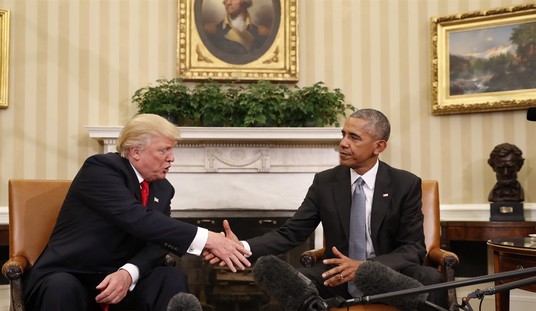ARLINGTON, Va. — The secretary of Air Force said that, after weathering a 1,500-pilot shortfall last summer, the problem has escalated to being 1,926 pilots short — or missing 1 in 10 of a force that’s supposed to have 20,000 pilots.
Secretary Heather Wilson told Pentagon reporters today that “it’s not just pilots, though, and air crew, when it comes to readiness.”
“It is spare parts and flying hours and munitions,” she noted. “So increasing the readiness of the force so that we win any fight, any time, is our top priority.”
The biggest reason for the pilot shortage, in the secretary’s view, “is that we are too small for all the missions that we’re being asked to carry out on behalf of the nation — and as a result, we’re burning out our people.”
“Surge has become the new normal in the United States Air Force, and you can do that for a year, or two years, or maybe even three or four years. But we’re asking — I met someone last week who has just come back from his 17th deployment — 17 deployments,” she continued. “Less than one percent of Americans serve in uniform and protect the rest of us, and they are carrying a very heavy burden. And at some point, families make a decision: that they just can’t keep doing this at this pace, and I think that’s the biggest thing we’re facing, is we’re burning out our people, because we’re too small for what the nation is asking.”
Air Force Chief of Staff Gen. David Goldfein noted that it takes 10 years and $10 million “to raise a fighter pilot,” and if you don’t retain a thousand of them “that’s $10 billion of capital investment that just walked out the door.”
“So we’re first and foremost looking to retain every one we can as we build up our capacity to produce more… we as a nation don’t produce enough aviators, don’t produce enough pilots to adequately service the requirement for military, business and commercial aviation,” he said. “So this is a national-level issue that we’re working with.”
The general added that “it’s nice to have the additional resources, and we appreciate Congress’s authority to be able to increase aviation bonuses” to retain pilots, but ultimately the Air Force has to focus on “reconnecting to the value proposition” in which pilots want to stay “because they want to work with the most amazing people, with the greatest technology to have a mission that matters, and give their life meaning.”
About the Air Force’s authority to draw back retirees, Goldfein quipped, “I will tell you that my 85-year-old dad, who flew F-4s in Vietnam, and his fellow retirees — they are all excited about coming back.”
“But we’re doing a number of things to try to move out, to increase production,” the general said. “But that’s going to be a longer-term investment, and that’s why we’re focused right now on retention as we build the capacity to increase production.”
Wilson added that “the real issue is that you can’t train a pilot in just a year — you have to absorb them into a squadron and get them qualified on a weapon system.”
Goldfein gave an example of what it’s like now for pilots: “You taxi slow because the same single crew chief that you met has to get in the van and drive to the end of the runway to pull the pins and arm the weapons,” he said. “And then you sit on the runway before you take off and you wait, because that crew chief has to go jump on a C-17 with his tools to fly ahead to meet you at the other end.”
“This the level of numbers that we’re dealing with here. We’re making the mission happen but we’re having to do it, very often, on the backs of our airmen,” the chief of staff added. “And so we’re going to have — the tension on the force right now is significant. And so we’re looking for all these different ways to not only retain those that we have invested in but increase production so we can provide some reduction on the tension on the force right now.”









Join the conversation as a VIP Member